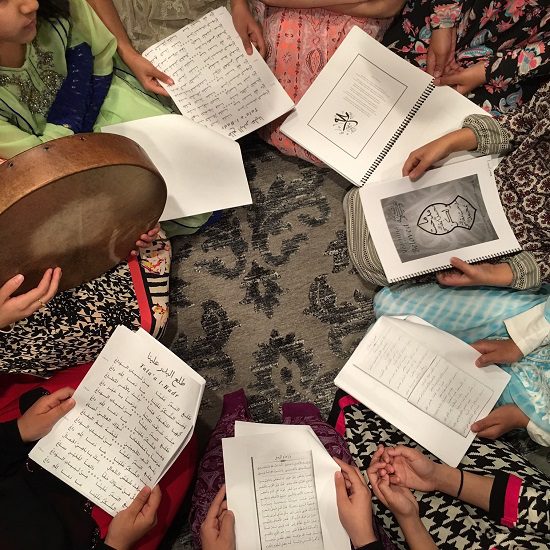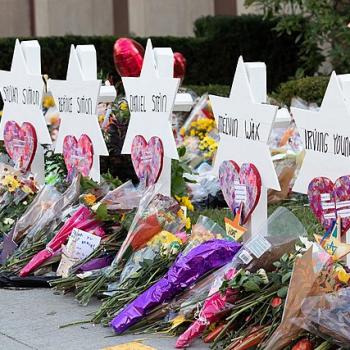 |
|
Left behind (Photo: Soumik Kar)
|
For many veteran India-watchers, it comes as no surprise that India’s 140 million Muslims are falling behind in many key categories – education, employment, access to credit, imprisonment, poverty, and more. (For non-veteran watchers, the image of the charming and successful Bollywood Muslim is basically a Bollywood myth.) The recent release of the Sachar report, named after a former Indian chief justice who chaired a government-authorized committee to look into the matter, provided reams of new data that back up these assertions. In fact, Muslim employment figures are lower than those of dalits (officially known as “Scheduled Castes” and known in the West as “untouchables”), with 48% male employment (vs. 53%) and 9% female employment (vs. 23%). Also, as with African-Americans, Indian Muslims are disproportionately represented in prisons (11% of the population makes up 40% of inmates).
However, while there is general agreement on the reality in which Indian Muslims find themselves, exploring causes, much less solutions, is proving to be more difficult. For example, racism is likely the factor in low Muslim employment rates for menial government jobs, but provides an unlikely explanation for the low rates among higher government service jobs, which tend to be more meritocratic and are awarded anonymously. And how to address discrimination when Muslim government employment in Gujarat – site of the infamous 2002 pogroms – has a higher rate than that of other Indian states with powerful Muslim political consituencies? The much-maligned madrasas clearly do not prepare Muslim youth for the growing employment opportunities in India, but the Sachar report states that only 3% of Muslim youth attend such institutions. Muslim women are clearly falling behind educationally, but in places such as Kerala where schooling is stronger and more equitable, the gap is nearly eliminated.
As was done for the dalits before them, some in government circles are taking the findings to be justification for a new set of quotas covering everything from government hiring to educational subsidies. Others are using the opportunity to accuse Muslims of causing their own troubles through self-imposed isolation, rote memorization as education, and dictates against women in the workplace.
The thrusts governing the direction of reform fall into two categories: placing the burden on government (through legal and economic programs), and placing the burden on India’s Muslims to create home-grown solutions. Both strategies have supporters and opponents on either side of the divide, although the former is being lobbied for by Muslim organizations in the wake of the report and the latter is being trumpeted by the ruling BJP party and its supporters.
The answer may lie somewhere in between: Muslim leaders downplaying the emphasis on religious education in favor of a more standard skills-based curriculum and spearheading a cultural shift that will allow more Muslim women to be educated, and the Indian government taking steps to ensure that government services and educational opportunities reach the inner-city slums where Muslims make up a disproportionate amount of the population, and providing legal means for Muslims to overcome institutional discrimination where possible.
Shahed Amanullah is editor-in-chief of altmuslim.com. He is currently on assignment in India.











